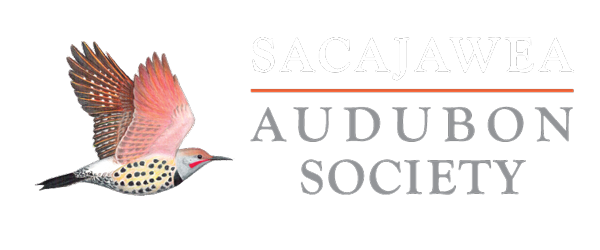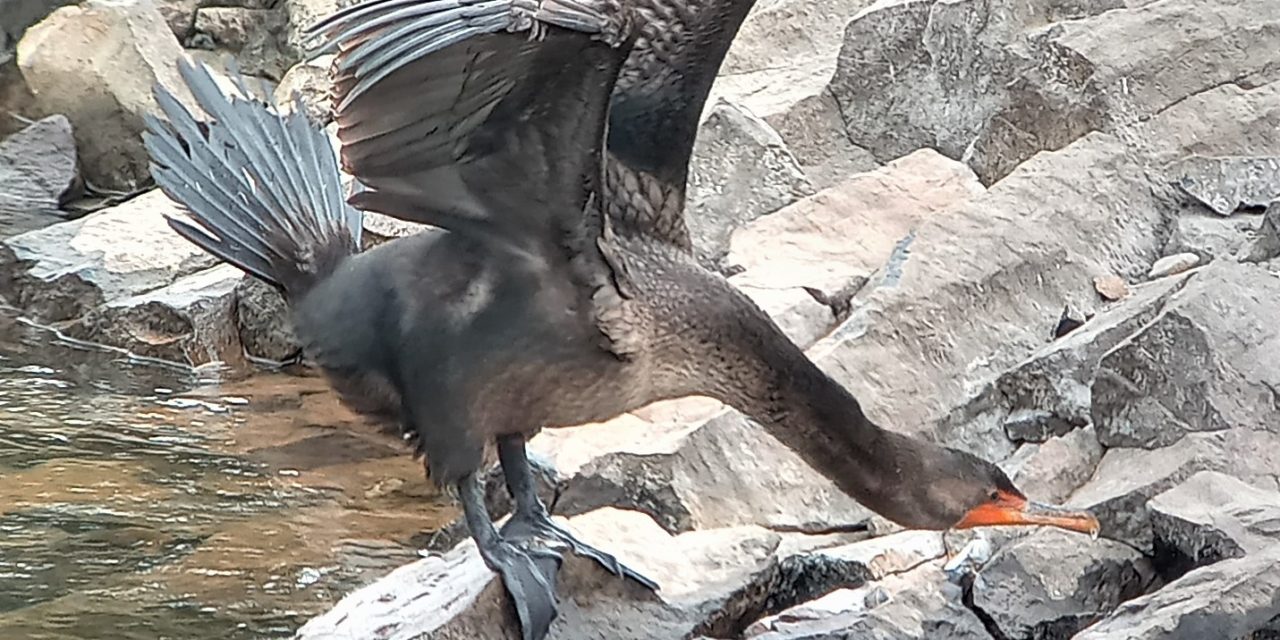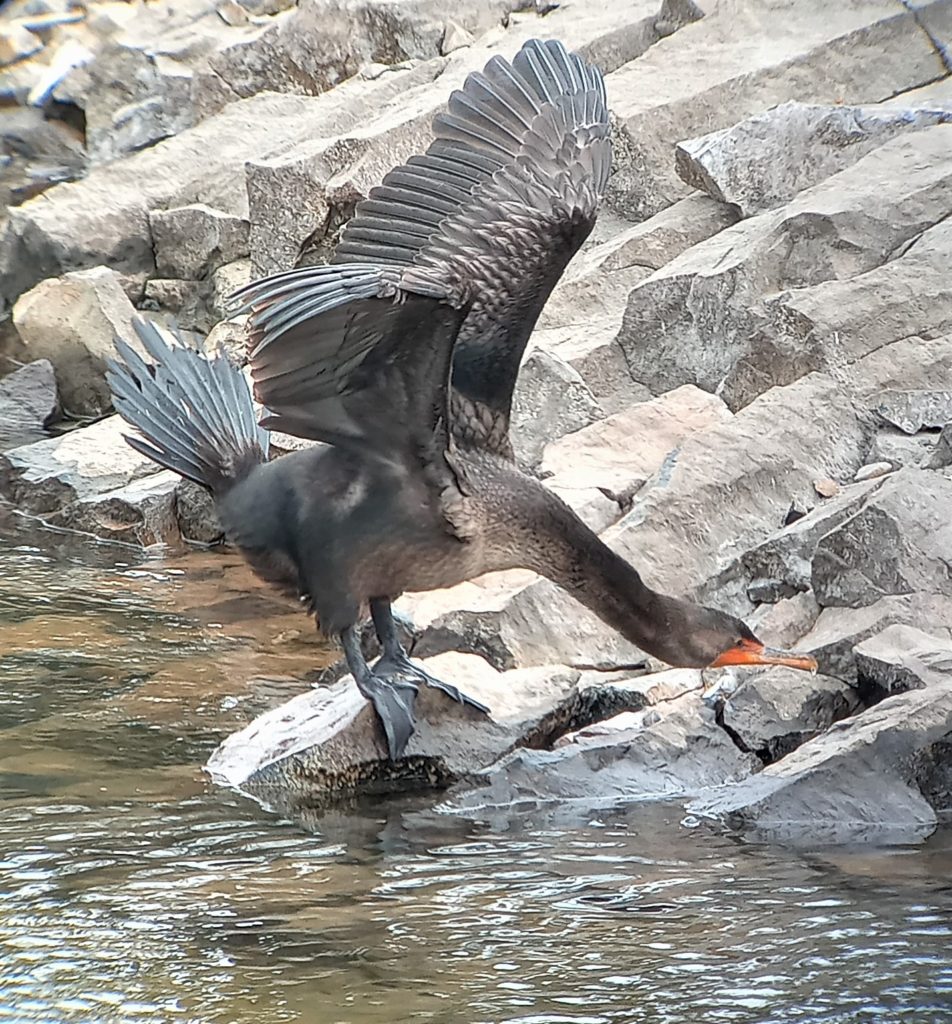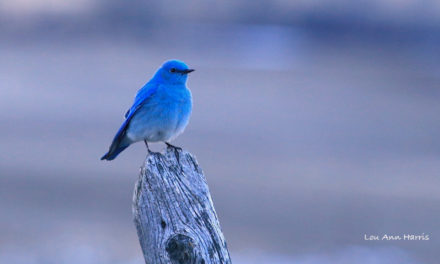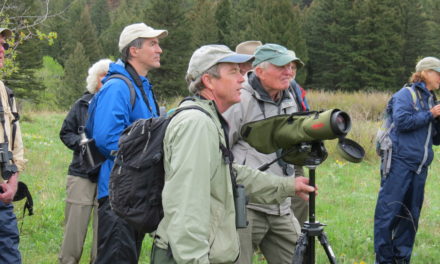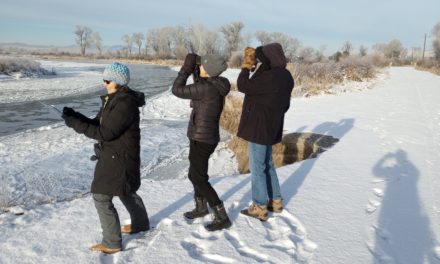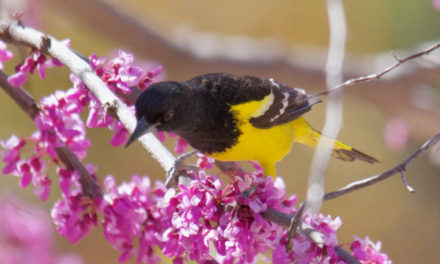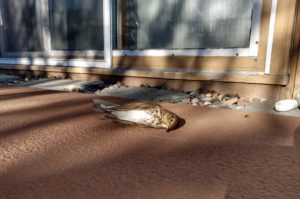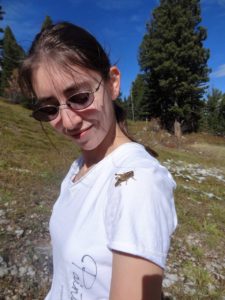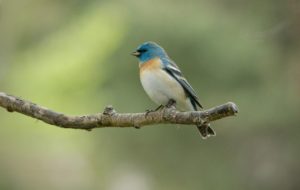Early winter is a quiet time of year here in the interior of the continent, with most all of the migratory birds long gone. Most years, all of the ponds and lakes are frozen over by mid to late November. This year’s exceptionally warm November, and record-breaking warmth the first week of December kept the large lakes and even the smaller ponds open an extra two or three weeks. This was an opportunity to enjoy seeing some to the waterfowl that we won’t have another chance of seeing until next spring.
While there were a number of the more common ducks taking advantage to the late open water, no rare ducks were found locally during this period. But waterfowl aren’t the only large birds attracted to the late season open water. The biggest end of the season discovery was the Lesser Black-backed Gull that Andrew Guttenberg found along the north shore of Hebgen Lake on December 4th. The gull was not lacking for a meal, as it would float on the water near diving Common Goldeneyes and then when one of the goldeneyes would return to the surface with a crawfish, the gull would promptly fly over and steal the crawfish. This beautiful adult gull represents the first record for the species in Gallatin County. This Old-World gull was first documented in North America (New Jersey) in 1934. Since the 1980’s the numbers of Lesser Black-backed Gulls have dramatically increased along the east coast. With the increased numbers, Lesser Black-backed Gulls have been spreading with increasing frequency across the interior of North America. The first occurrence for Lesser Black-backed Gull in Montana was at Fort Peck Reservoir in 2008.
A lone Double-crested Cormorant that was first spotted at Hyalite Reservoir on October 23rd, remaining at the lake until the first of December. Like the Lesser Black-backed Gull, this cormorant was well fed, subsisting on a plentiful diet of trout. I saw several small fish literally jump out to the water onto the rocks to evade the cormorant as it swam underwater along the edge of the lake.
Much more diminutive, but no less exciting for early winter was the Ruby-crowned Kinglet frequenting Katy Duffy’s yard in Gardiner. Howard Weinberg first spotted this bird December 1st, and it stayed around for another two days. Ruby-crowned Kinglets are one of the most common birds of the conifer forests in the Northern Rockies during breeding season, but are exceedingly rare here during the winter months, with only a handful of winter records of in southwest Montana.
With many birders participating in the various Christmas Bird Counts during the next three weeks, there should be a few more surprises to report next month.
